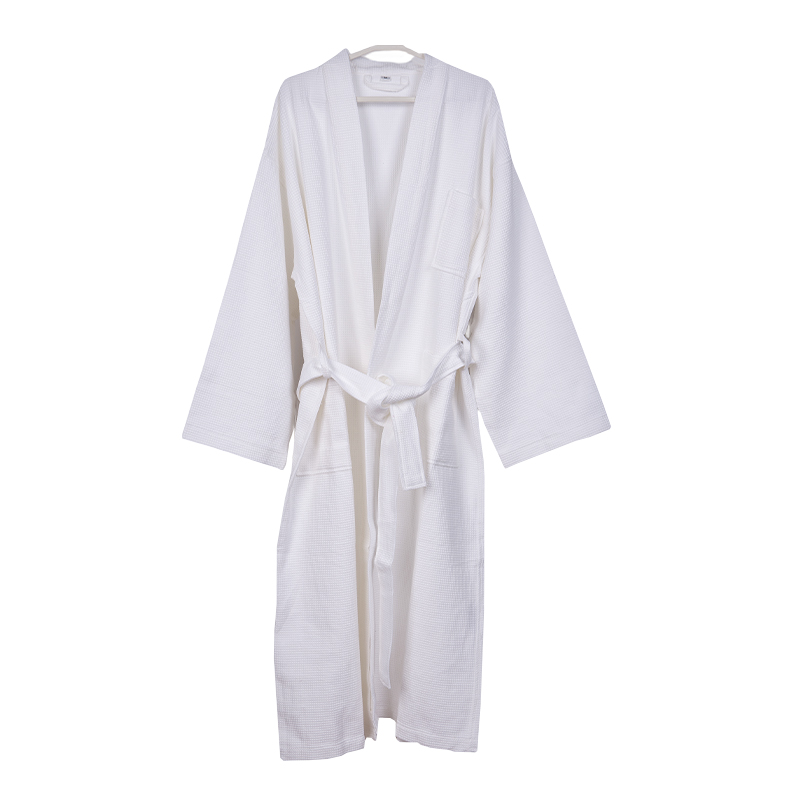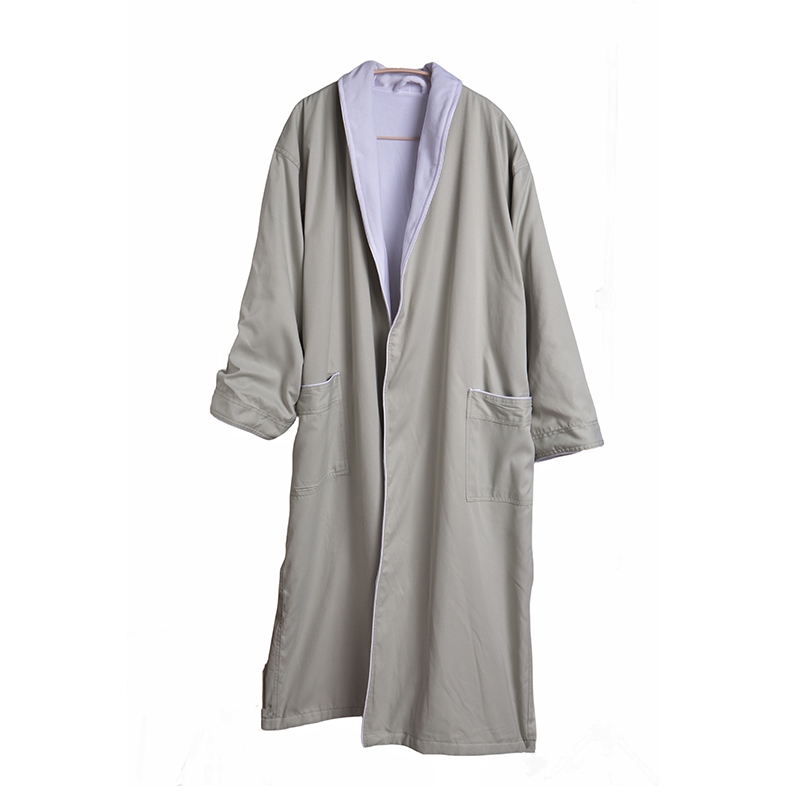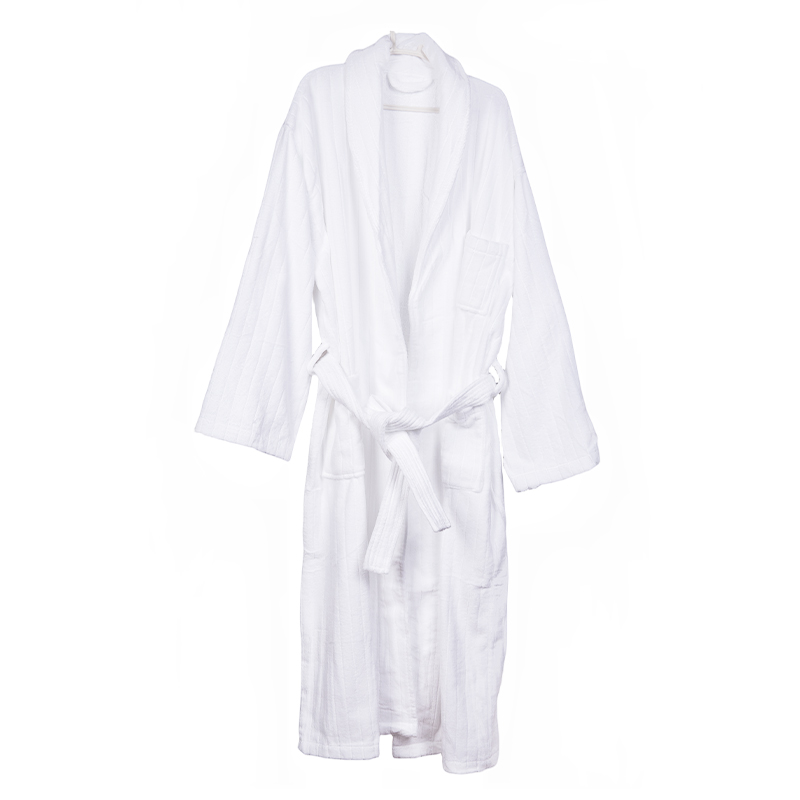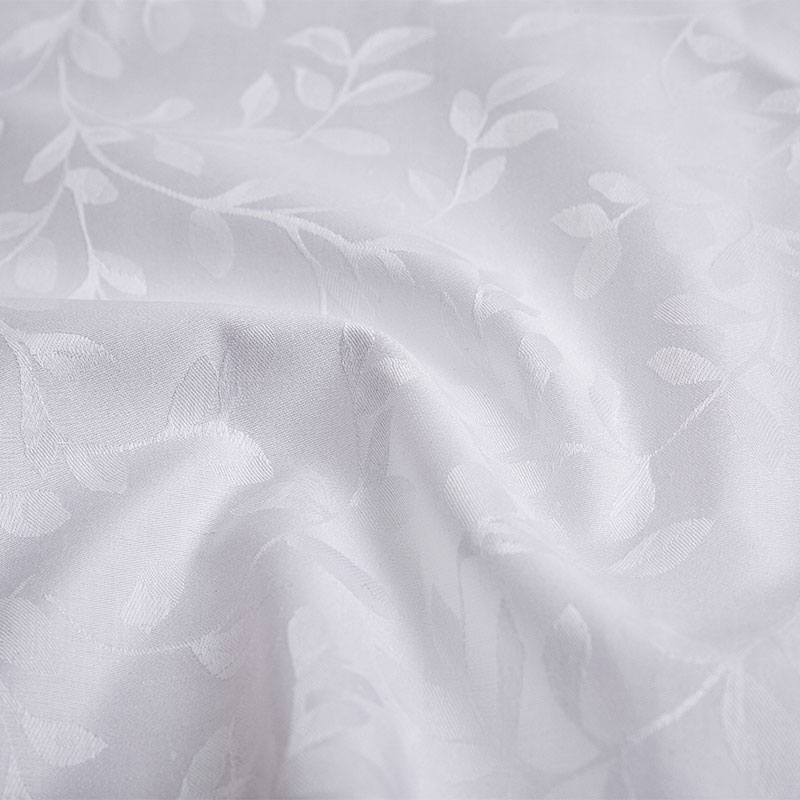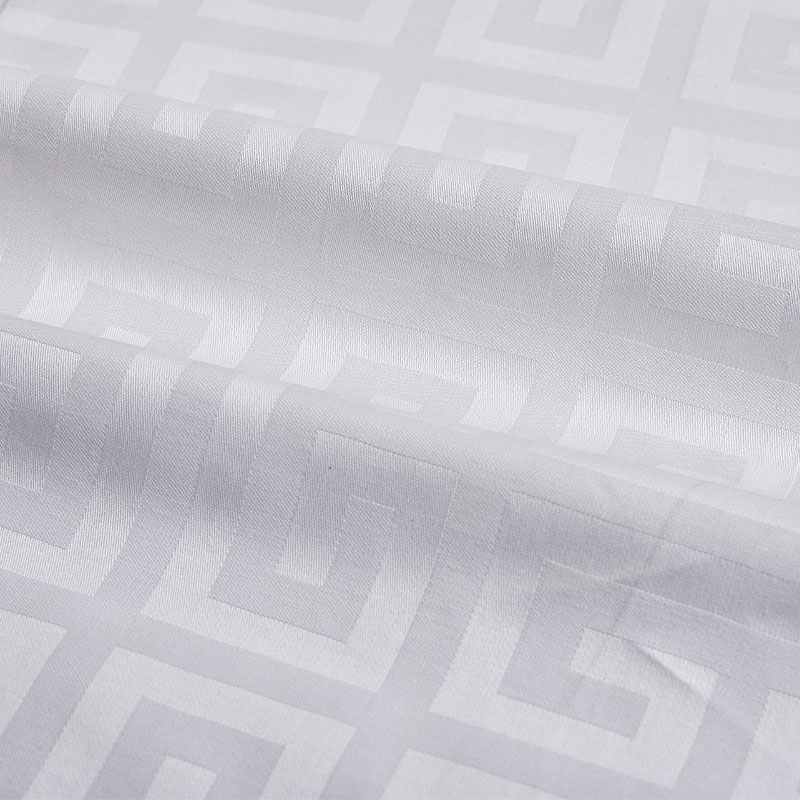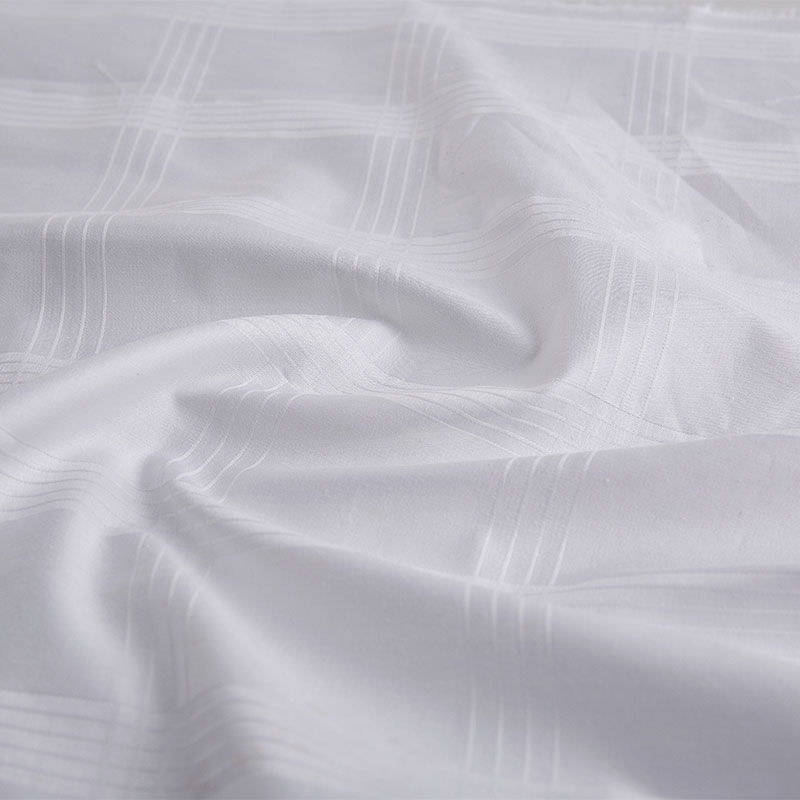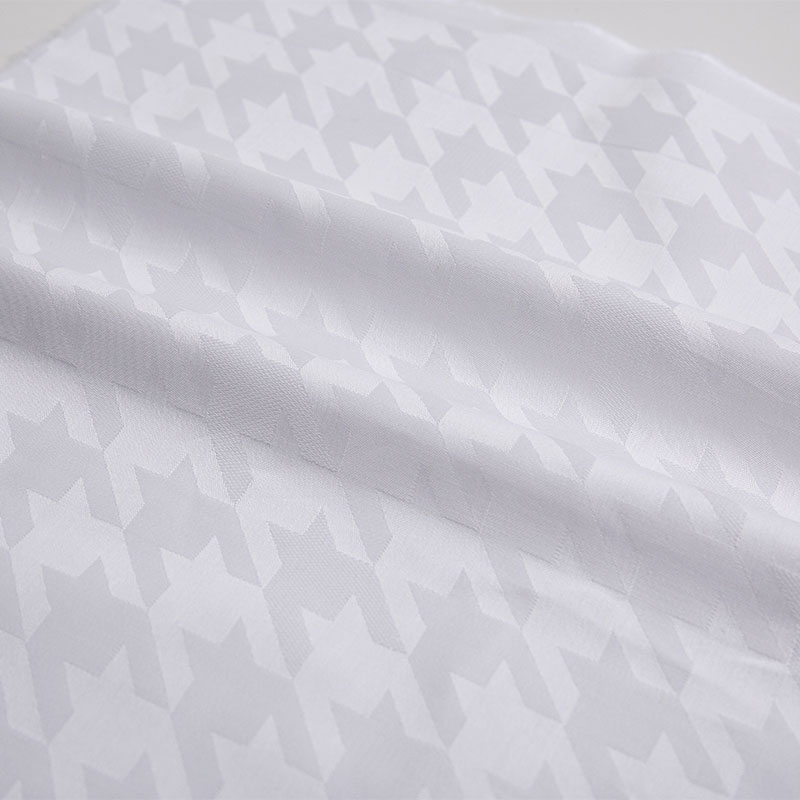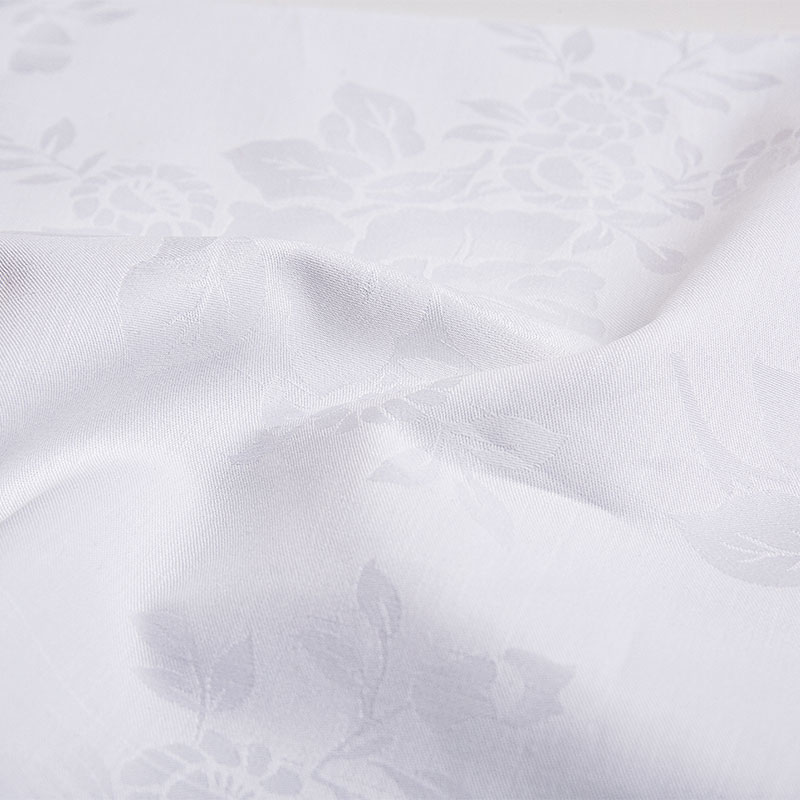Content
1. Hotel down quilt maintenance tips: extend life by 3 times
Daily usage habits
Avoid direct contact with the skin:
Apply a quilt cover (the hotel comes with more than 60 full quilt covers standard) to reduce the cleaning frequency.
Regular slap:
Gently pat it every week to restore fluffy (the hotel uses a professional patter).
Avoid heavy pressure:
Do not fold and store for a long time, as down will lose its elasticity.
Correct cleaning method
Common household errors:
Machine wash and dry (causing the velvet to break)
Exposed to the sun (UV damage to velvet)
Hotel-level cleaning steps:
Local stain treatment:
Wipe gently with neutral detergent (such as wool-specific detergent) and rinse with cold water.
Professional dry cleaning (once every 2 years):
Choose oil-based solvent dry cleaning to avoid tetrachloroethylene damaging the velvet.
Hand wash (water-washable only):
Soak in a large basin in cold water, press and clean, and twist it is not allowed.
Dry and fluffy recovery
Flat shading:
Dry in a ventilated place to avoid direct sunlight (the hotel uses a large dryer + tennis ball to help fluff).
Low temperature drying:
Adjust the household dryer to ≤40℃ and put 3 tennis balls to help with the slap.
Seasonal Storage Tips
Thoroughly dry:
Make sure there is no moisture before storage and desiccant can be placed (pretreated with a dehumidifier in the hotel).
Breathable storage:
Use non-woven bags or cotton storage bags, and vacuum compression is prohibited!
Anti-insects and mildew:
Place camphor wood strips or lavender bags (mass balls are prohibited in the hotel, which will corrode the velvet silk).
2. Why do high-end hotels prefer down duvet liners?
- Top warmth: The thermal efficiency is 3 times higher than that of quilts
The three-dimensional fur structure of down can lock in a large amount of still air (air is an excellent heat insulator), and its thermal conductivity is only 5.93, which is far lower than wool (7) and cotton (9.72), and its heating efficiency is increased by more than 40%.
Tested data:
The down quilt has an insulation rate of 81%, while the quilt is only 63%.
Under the same volume, the volume after the down is expanded reaches 383cm³, 5 times that of cotton.
- Lightweight and no pressure: the weight is only 1/3 of the quilt
The lightweight features of the duvet significantly improve the sleep experience:
The double quilt (200*230cm) is only 1.2~1.5kg, while the quilt weighs 3.5~4.5kg.
Reduce the frequency of turnover by 60%, especially suitable for the elderly and patients with cervical spondylosis.
- Intelligent humidity adjustment: The annual humidity remains 50%~60%
The natural properties of down make it a "breathable" quilt:
The moisture absorption reaches 14% of the body weight (only 8% of the wool), and sweat is quickly absorbed and evaporated.
Inhibit mites breeding (miles survival rate ↓70% when humidity is <60%.).
- Energy saving and environmental protection: Reduce hotel operating costs
Reduce energy consumption of air conditioners: In winter, you can adjust the room temperature by 2℃ and remain comfortable, saving 15% to 20%.
Sustainability: Naturally degradable, in line with the environmental protection concept of high-end hotels.
3. Signals of aging down duvet
- The warmth is significantly reduced (pressure rebound slowly)
Normal status:
High fluffyness, it can rebound quickly after pressing (return to its original state within 3 seconds).
The warmth performance is stable, and you can keep warm by covering one bed in winter.
Aging manifestations:
The velvet is broken and the plate is tied, and it rebounds slowly after pressing (more than 5 seconds).
Even if the quilt thickness is increased, it still doesn't feel warm enough.
reason:
Long-term compression storage leads to damage to the velvet structure.
Improper cleaning (such as machine washing and drying) causes the velvet to break.
- Local agglomeration or uneven distribution
Normal status:
The filling is evenly distributed, without lumps or holes.
Aging manifestations:
Hard blocks appeared on the quilt and they still couldn't recover after slapping.
When you shake, you can hear the "rustling" sound of the velvet moving.
reason:
The velvet sticks to moisture (especially in the humid environment in the south).
The long-term failure to be patted and sorted, resulting in the gathering of velvet.
- Severe drilling velvet (the pores of the fabric become larger)
Normal status:
High-stretch high-tight anti-feather fabric (such as above 300T), basically no velvet drilling.
Aging manifestations:
Frequently fine velvets appear on the surface, and even drill out in clusters.
There was obvious velvet overflow at the suture.
reason:
Fabric wear, anti-foil coating fails.
Poor sewing process and loose stitches.
- The odor is difficult to eliminate (mold, sweaty)
Normal status:
No pungent smell, only a slight down natural smell (ventilated and dispersed).
Aging manifestations:
There is still a musty smell or sweat smell after cleaning.
It improves briefly after drying, but the odor quickly recovers.
reason:
Sweat and sebum penetrate into the filling layer to breed bacteria.
The moist storage environment causes mold to grow.
- The fabric becomes brittle, yellowed or faded
Normal status:
The fabric is soft and the color is uniform and without mottled.
Aging manifestations:
The fabric becomes hard and yellow (especially after sun exposure).
Tear or disconnection occurs at the suture.
reason:
Long-term exposure of ultraviolet rays leads to aging of fibers.
Detergent is alkaline and corrosive fabric.

 EN
EN English
English русский
русский Español
Español عربى
عربى
 Online Message
Online Message


